Not only "accelerating" thanks to efforts to improve the quality of large-scale annual events, Ho Chi Minh City's tourism industry has also affirmed its own attractiveness with unique architectural works and attractions rich in cultural and historical values.
In particular, these April days, the city named after Uncle Ho is busy preparing a program to celebrate the 50th Anniversary of the Liberation of the South and National Reunification (April 30, 1975 - April 30, 2025). In the atmosphere of heading towards the meaningful milestone of the nation, let's stop at the historical sites associated with each heroic moment of history to feel proud and grateful for the happiness and peace that we are enjoying today.
Symbol of Ho Chi Minh City
The Independence Palace (also known as the Reunification Palace) has long become one of the symbols of Ho Chi Minh City, one of the must-see attractions in Saigon.
Located in the center of District 1, the Independence Palace is an architectural work that is both ancient and modern. If you come here on weekends or big holidays like April 30, the Independence Palace is often full of visitors.
Built by the French from 1868 to 1873 in Saigon, the Independence Palace was once the most beautiful public building in Asia. It was home to the most powerful people and also witnessed many historical events.

Located in a tree-lined campus, in the mid-1960s, this was the largest-scale construction in the South and had the highest construction cost (150,000 taels of gold). The basement was able to withstand heavy bombs and artillery fire.
The palace is 4,500 m2 wide, with a usable area of 20,000 m2, including 3 main floors, a terrace, 2 mezzanines, a ground floor, 2 basements and a terrace for helicopters. More than 100 rooms of the palace are decorated in different styles depending on the purpose of use, including state rooms, cabinet meeting rooms, offices of the President and Vice President, credential presentation room, banquet room...
The facade of the palace is decorated with stylized bamboo blinds modeled after the style of Vietnamese houses and motifs of ancient pagodas in Vietnam. Meanwhile, the rooms are decorated with many lacquer and oil paintings.
Because he wanted to find a cultural meaning for the project, when designing, architect Ngo Viet Thu arranged everything from the interior to the facade to symbolize traditional philosophy, Eastern rituals and national personality, harmoniously combining with modern architectural art.
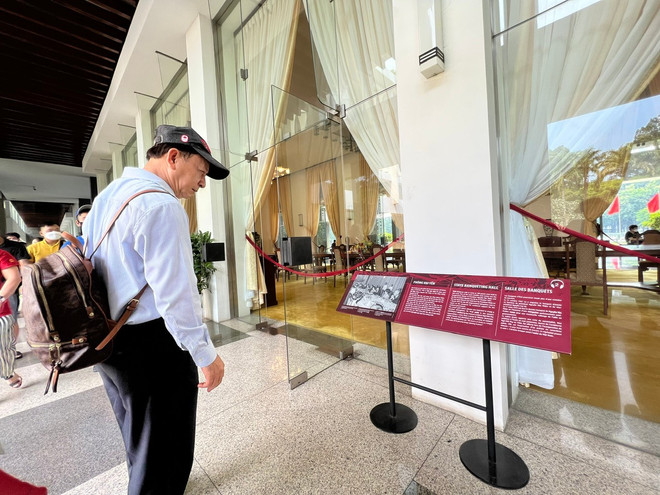
Museums - witnesses of history
The Ho Chi Minh City Museum of History is located at 2 Nguyen Binh Khiem Street, District 1, built according to the symmetrical design of architect Auguste Delaval. The museum was inaugurated in 1929 with a wide corridor system, natural light from the yard and a skylight design to avoid the hot and humid climate.
The octagonal tower in the middle of the museum is painted gold and covered with tiles decorated in Asian style. The museum displays about 36,000 artifacts reflecting the history of the Vietnamese people from primitive times to 1945. In addition, the museum also displays ancient cultures in Vietnam such as Oc Eo, Champa, Khmer.
Ranked 61st in the list of 99 most attractive destinations in the world , the War Remnants Museum is also the only representative of Vietnam in this ranking. The museum is located on Vo Van Tan Street, District 3, established in 1975, specializing in researching, collecting, preserving and displaying evidence of crimes and consequences of wars of aggression against Vietnam.
There are currently more than 20,000 documents, artifacts and films preserved in the museum space, with the following topics: Outdoor weapons, Prison regime, Agent Orange, Historical truths, War crimes.
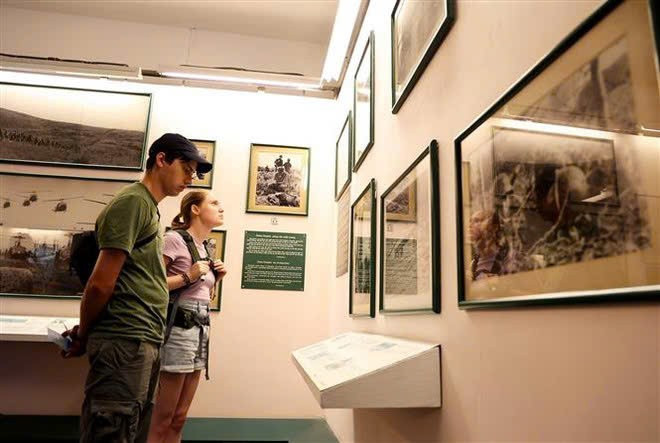
The Saigon Special Forces Museum is located on the second floor of a house built in 1963 on Tran Quang Khai Street, District 1. At first, the house was a secret base of operations for the Saigon Special Forces under the management of Mr. Tran Van Lai (aka Nam Lai).
The museum officially opened on December 24, 2019, with an area of over 100 square meters, displaying over 100 artifacts of special forces soldiers. Notably, the objects in the house are still preserved and arranged close to the original. Coming here, visitors can watch short films about the Saigon special forces.
Located at 97A Pho Duc Chinh, District 1, the Ho Chi Minh City Museum of Fine Arts was formerly the house of Mr. Hua Bon Hoa (popularly known as Uncle Hoa), one of the four great families of Saigon in the late 19th century. This destination attracts tourists who love painting, and is also a place that attracts young tourists who love taking pictures.
Built in the French architectural style of the late 19th and early 20th centuries, the museum is a harmonious combination of Oriental architecture in the decoration of tiled roofs, ceramic columns and ceramic motifs on the roof...
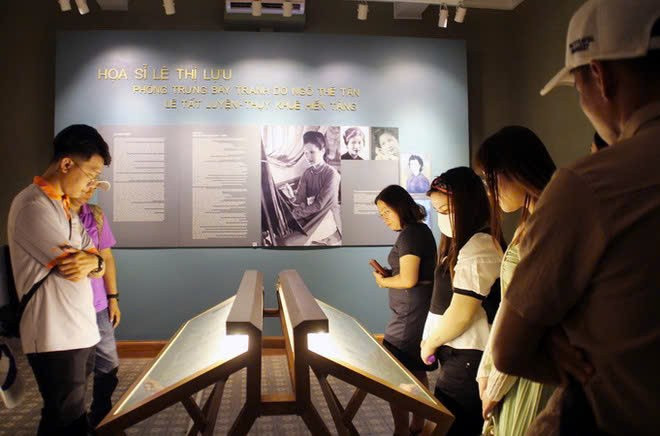
Experience a vibrant city
The city named after Uncle Ho not only has historical sites, bustling commercial centers, rich cuisine... but also possesses unique colors and sounds on every street corner that you have to immerse yourself in, experience, listen and watch to truly understand.
So, to “enjoy” Ho Chi Minh City as it is, take a ride on an open-top double-decker bus in the city center. The bus has a multilingual automatic commentary system to guide you to the places along the way, tourist maps, free wifi and a tour guide.
Each 60-minute trip will take you through famous places such as the Zoo, War Remnants Museum, Bui Vien walking street, Ben Thanh market, Nguyen Hue walking street, the city theater and end with an experience of viewing the city from above at Saigon Skydeck on the 49th floor of Bitexco Financial Tower.
Operating continuously from 9am to 10:30pm every day, there will be a bus every 30 minutes. In the evening, the bus also provides a dinner service package on a luxury cruise along the Saigon River. You can buy tickets directly at the counter at the departure point 92-96 Nguyen Hue, District 1 or book online.
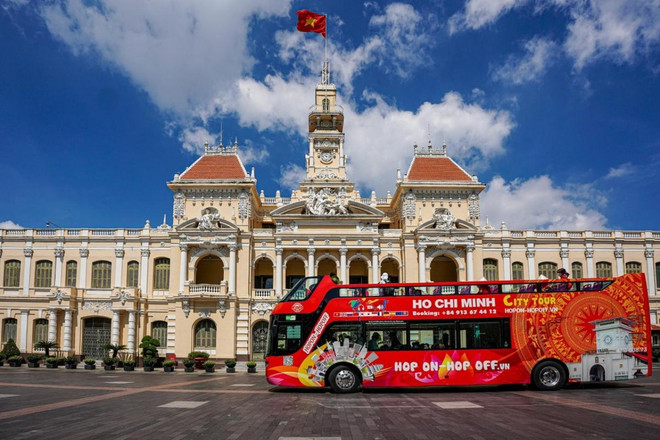
Among the countless experiences, you definitely cannot miss the Western Street. Locals and tourists often call the Bui Vien - De Tham - Pham Ngu Lao area in District 1 the Western Street, which operates from late afternoon until dawn the next day.
The street is suitable for young people, tourists, especially foreigners. There are hundreds of cafes, bars, pubs and restaurants along both sides of the street, with a lively atmosphere. There are also many tourist tour shops on this street.
On the journey to explore Ho Chi Minh City, this destination has many relics that recall the heroic historical moments of the nation, and is bustling with modern and bustling commercial centers. The city named after Uncle Ho makes people nostalgic and reminds everyone to actively look towards the future with abundant energy.
And Ho Chi Minh City in these April days becomes even more meaningful with the milestone of 50 years of Southern Liberation and National Reunification Day…/.
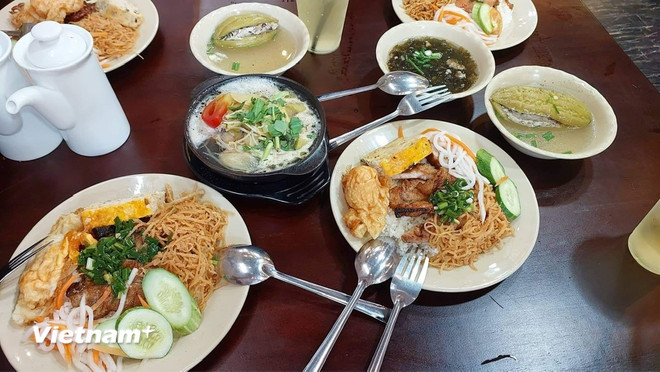
Source: https://www.vietnamplus.vn/kham-pha-nhung-cong-trinh-lich-su-noi-bat-o-thanh-pho-ho-chi-minh-post1026636.vnp




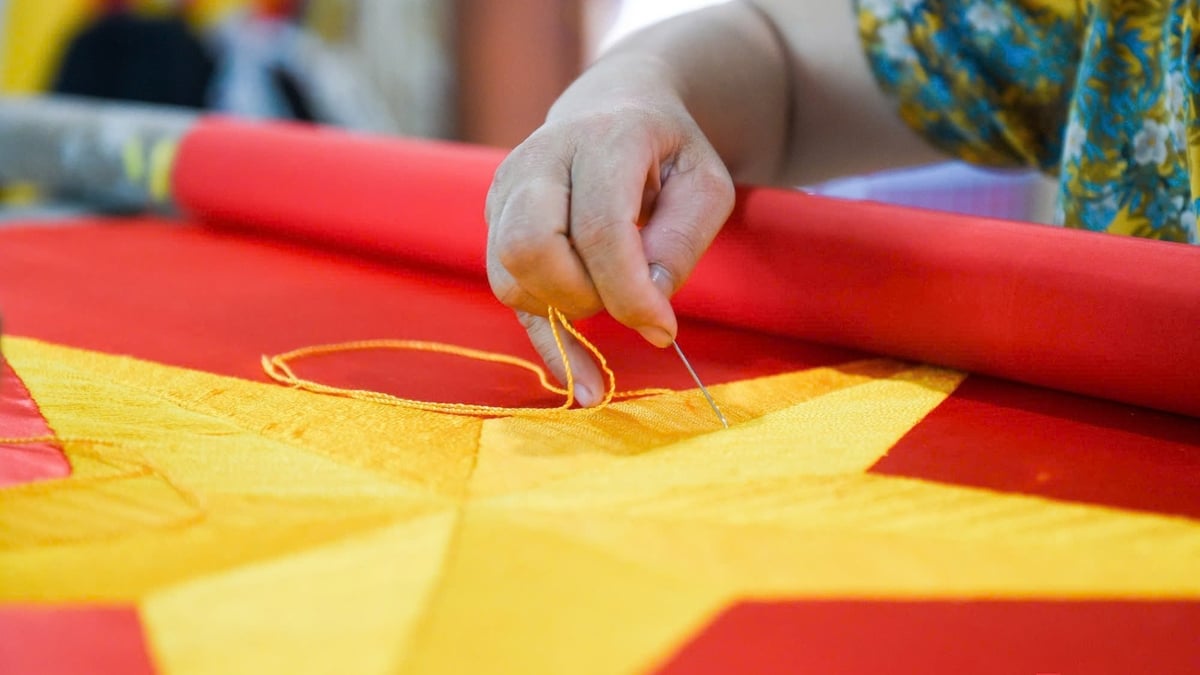
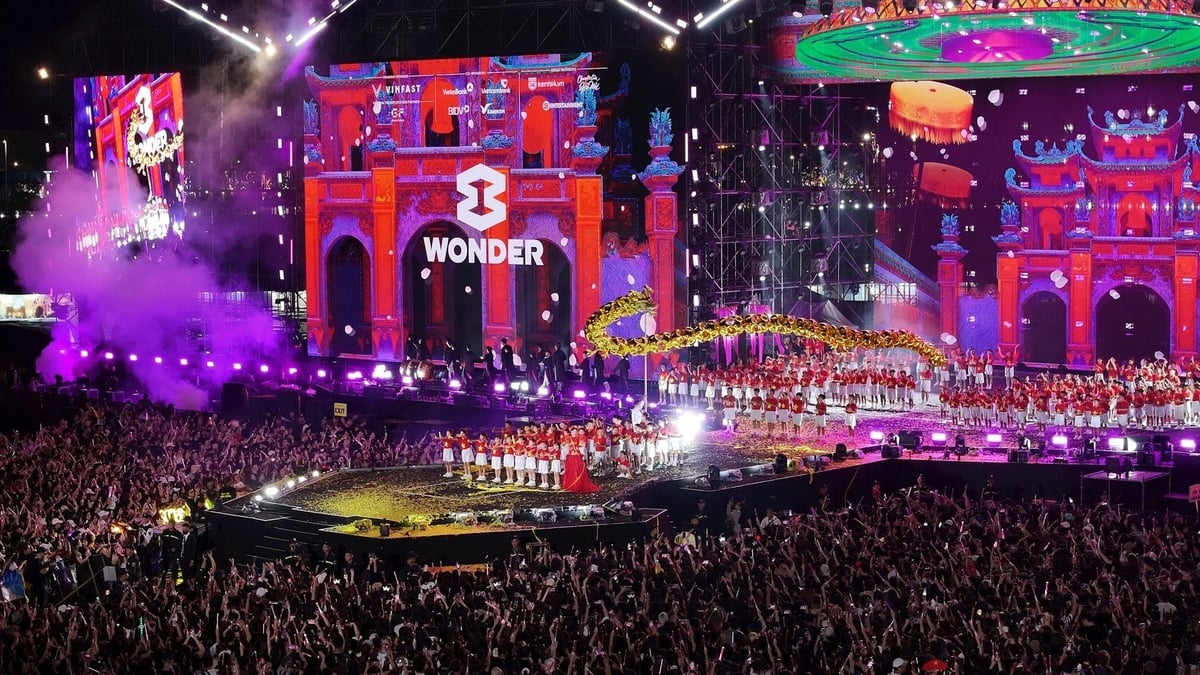
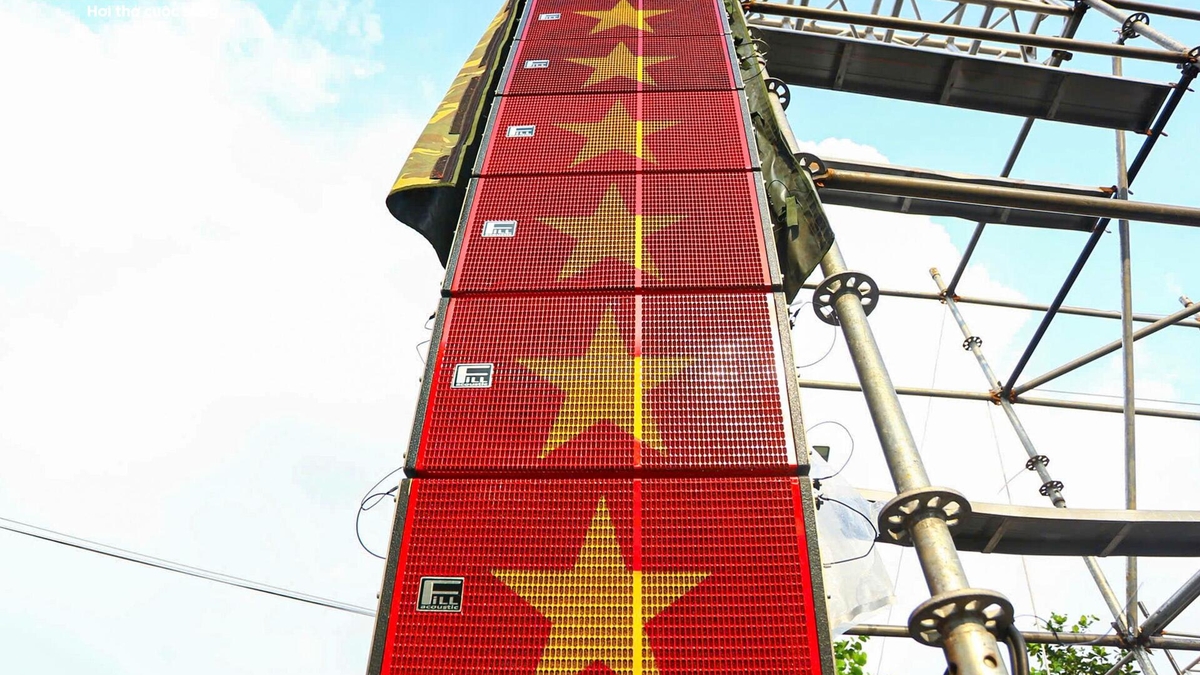
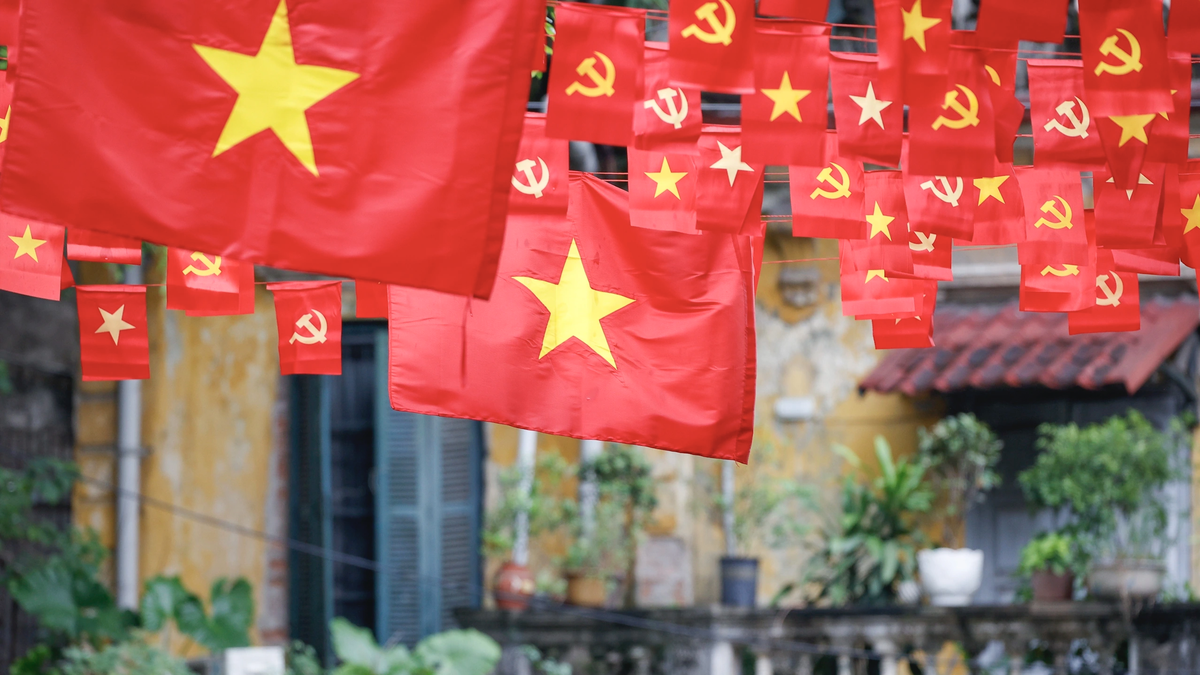
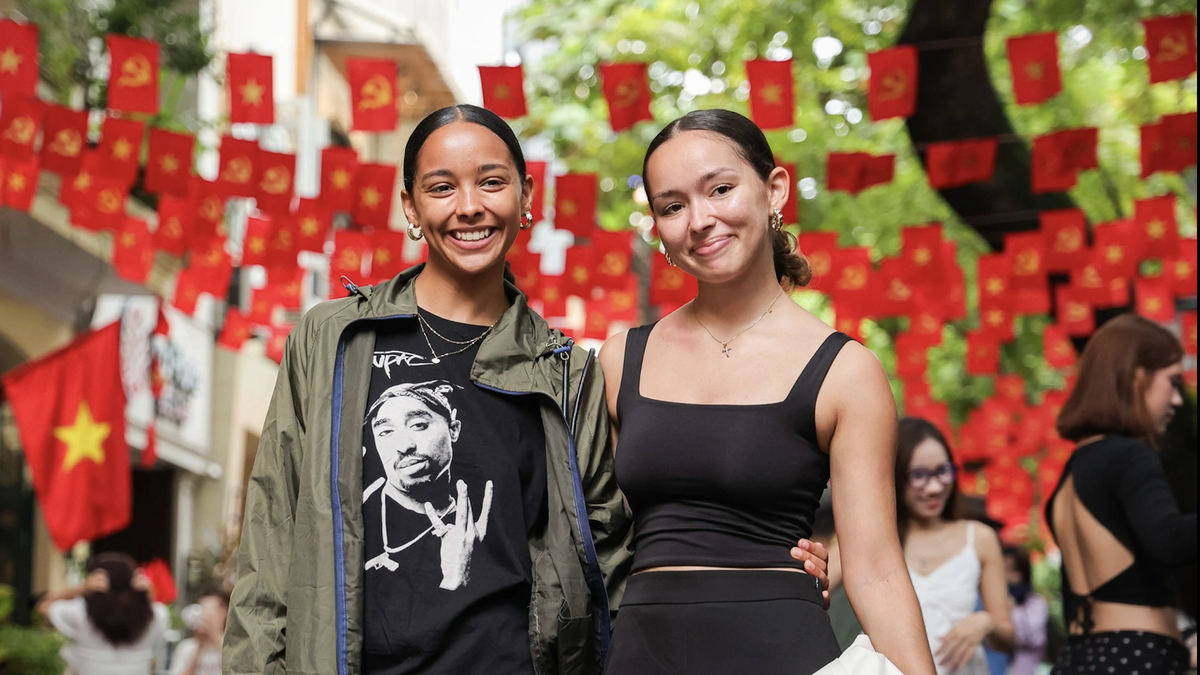
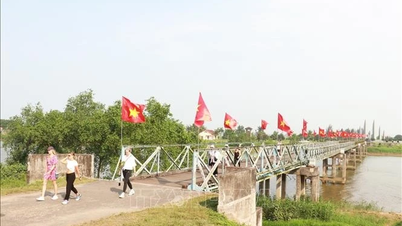

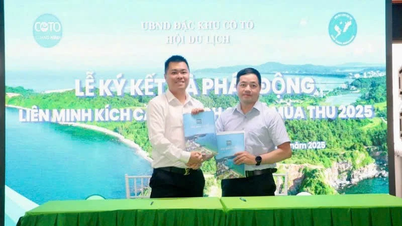


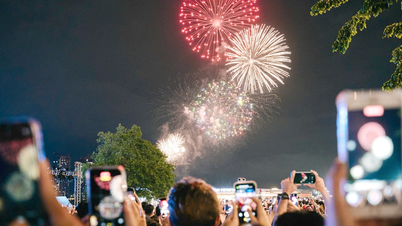
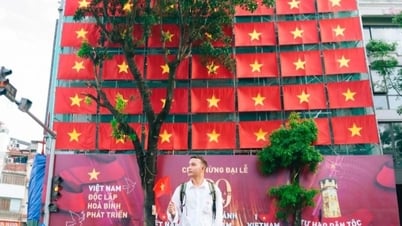




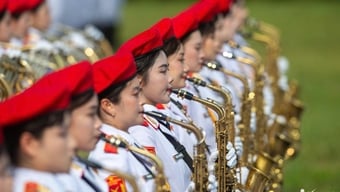
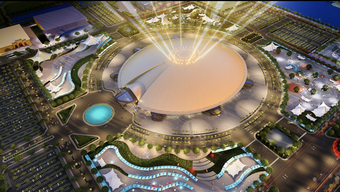
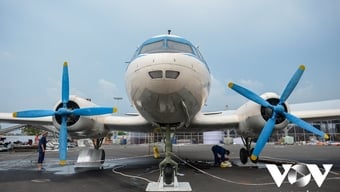
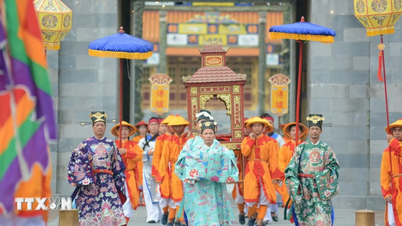
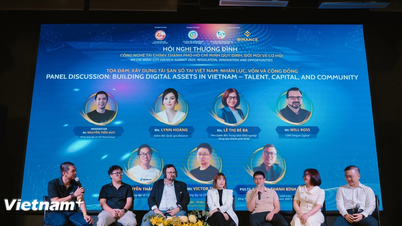
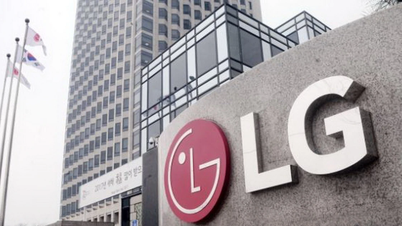
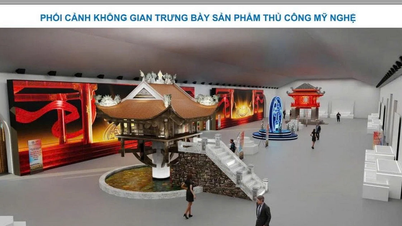


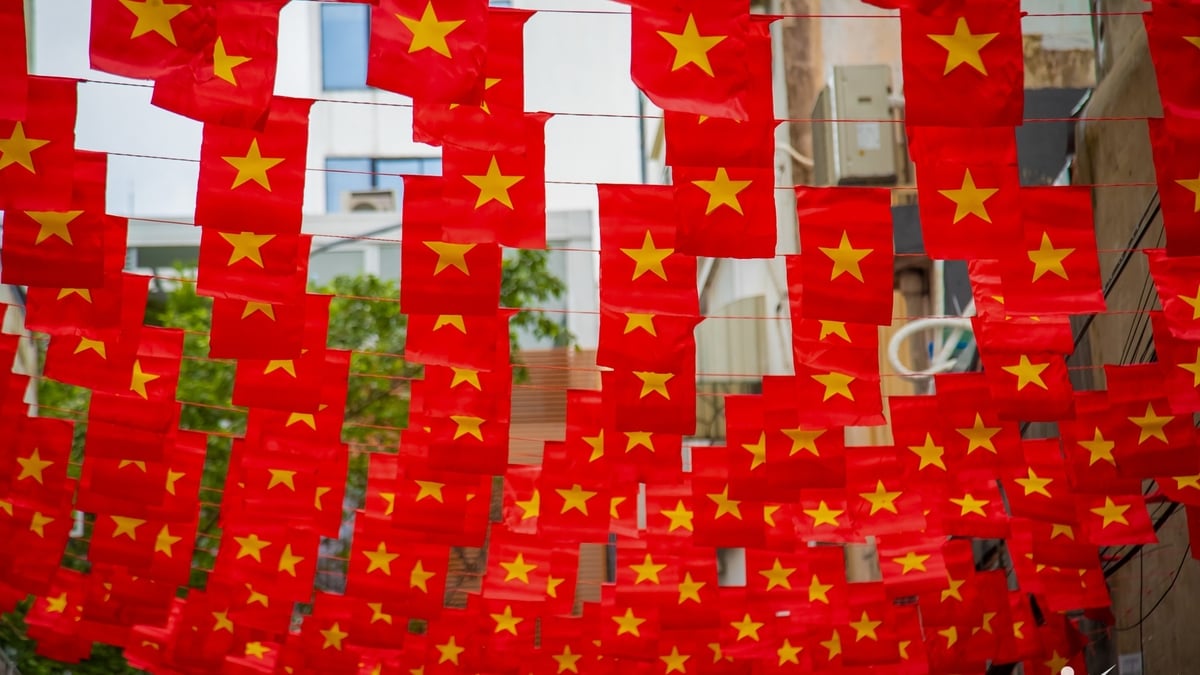






































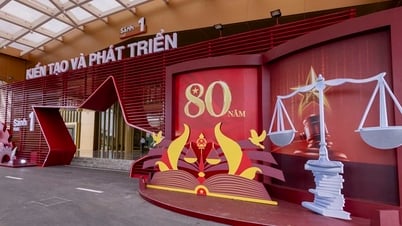



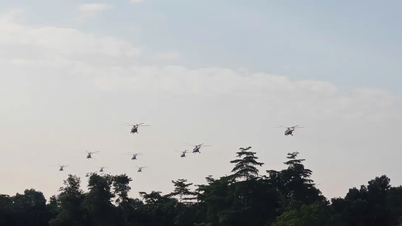

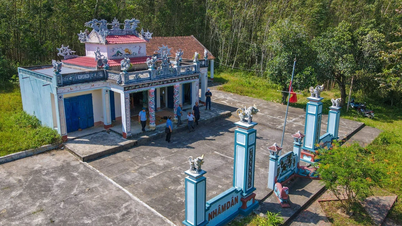

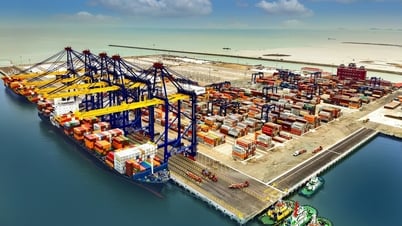

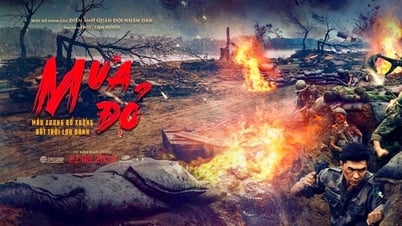

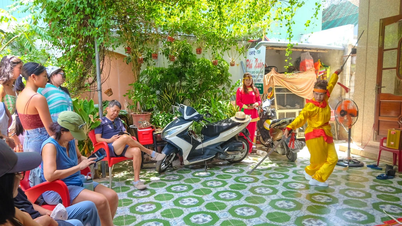




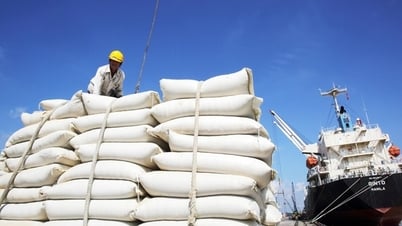









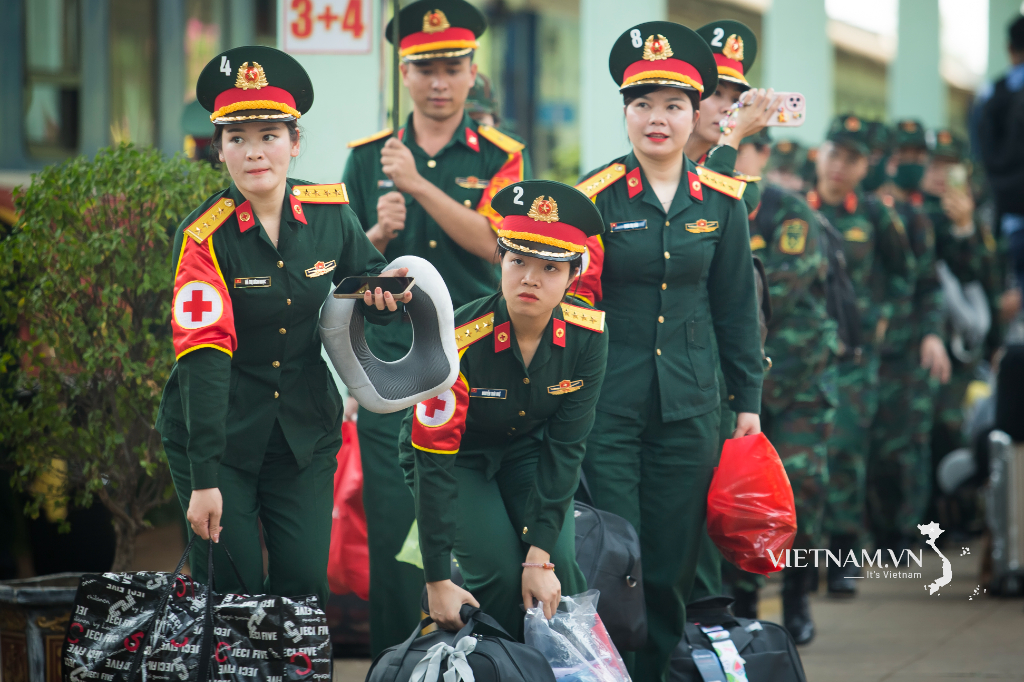


Comment (0)